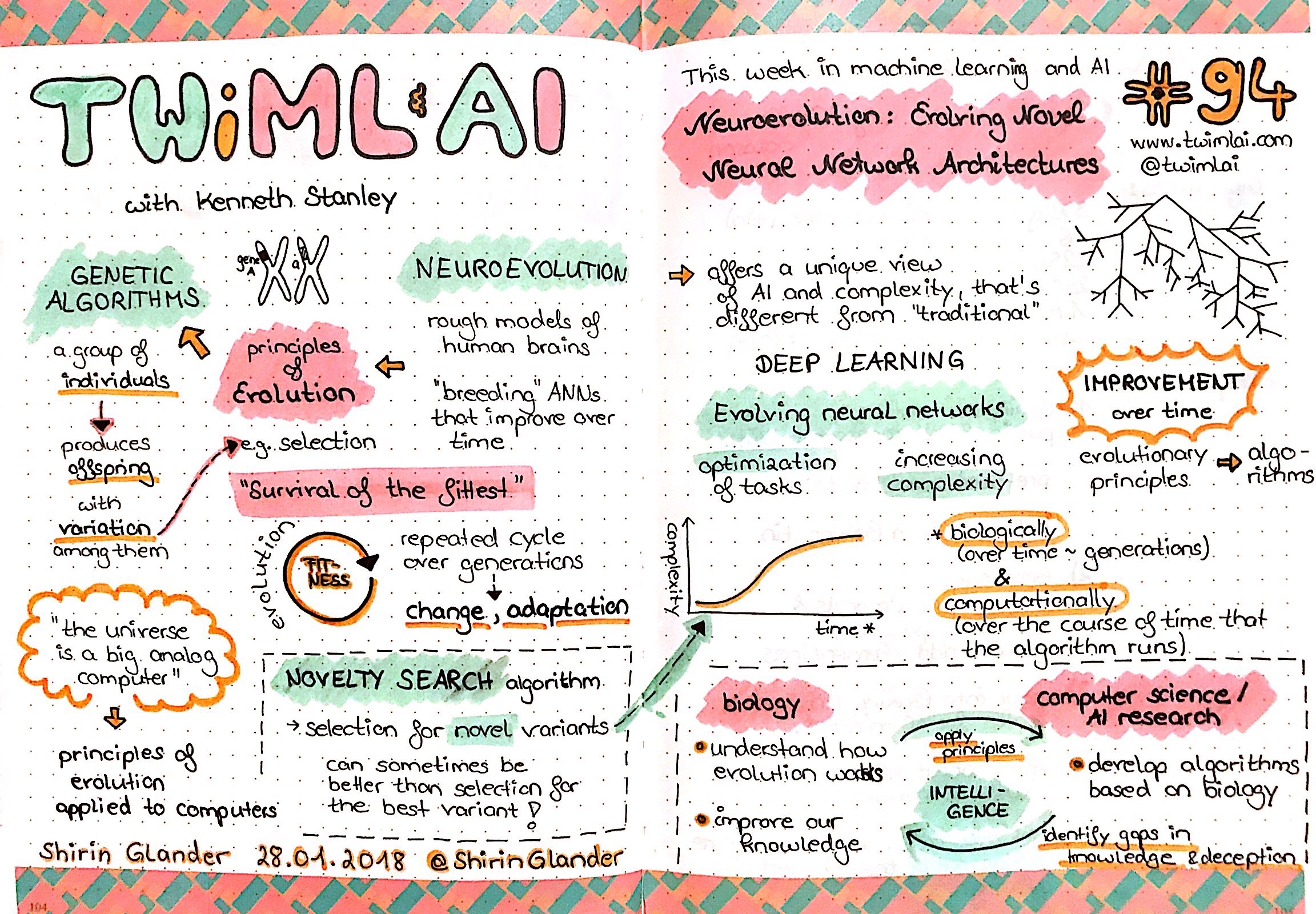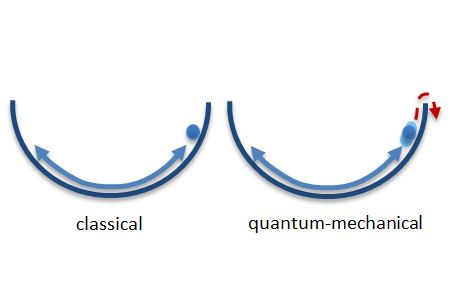
The answer is a definitive yes. Robotic surgery was first introduced in 1967, and the technology is now widespread. It is possible to perform a variety of surgeries using it, but it does have some drawbacks. The first major problem is the potential for unforeseen complications. Even simple operations can have unexpected complications. Therefore, surgeons need to consider the risks and advantages of each procedure. However, robotic surgery is unlikely to replace human surgeons anytime soon, and it may even help them improve their skills. John McCarthy is the father in artificial intelligence and creator of the Lisp programming program language.
John McCarthy
Robotic surgery was a groundbreaking concept at the time, and Dr. John McCarthy from MIT was one of its pioneers. McCarthy invented LISP in 1958. It was the first symbolic computing language that is still widely used in artificial intelligence applications. His research on human-level AI and commonsense reasoning were recognized with the Turing Award and the Kyoto Prize. In 1990, he received the National Medal of Science. John McCarthy's work has helped transform medicine, and he's the father of robotic surgery.

John McCarthy is known as the father of artificial Intelligence.
Before he was a household name, John Patrick McCarthy was an Irish immigrant and part-time computer science icon. He died of a heart attack at his California home on Oct. 24, 2011. He is best known for creating the robotic arm and other artificial intelligence tools that help surgeons perform surgery. Born in Lithuania, McCarthy was the son of a longshoreman and an Irish national. He had an atheist upbringing, and was an early adopter of science. His life was complicated. Although he was unable to attend school due to a childhood illness, he did enough to graduate in time from college in California. He was also more healthy during that time.
Silver Falcon
The patents for Silver Falcon were licensed by Intuitive Surgical. This company is an innovator in computerized instruments for the MIS. This seven-degree-of-freedom device was developed by Akhil madhani, MIT mechanical engineer and Gunter Niemeyer from Stanford Research Institute. Madhani's doctoral thesis aimed to improve the dexterity and efficiency of endoscopic surgery by using teleoperated robot arms.
Lindinburg surgery
The Lindinburg surgery was a great success thanks to advanced technology and telesurgeons. The surgical team, which was based in New York, operated on the patient in Strasbourg, France, using telecommunications solutions and high-speed services. The robotic surgery used Zeus to help surgeons in Strasbourg perform the procedure on the patient in New York. This extraordinary feat has opened up the possibility of future tele-surgery.
Robotic Surgery: A Shared-Controlled Approach
One surgeon can direct the robotic arms using a console. This allows the surgeon to see the surgical field from remote locations and to manipulate the instruments remotely. The other surgeon changes the tools on the robotic arms, which are then inserted through small incisions in the body. Once the instruments are in position, the surgeon may begin operating. During the procedure, the patient is not aware that the robotic arms are in place.

RoboDoc
RoboDoc, an active robotic surgical system developed by researchers from MIT and IBM in 1996. The robot understands and follows instructions from the surgeon. This system can operate independently or in collaboration with the surgeon. It can perform many operations, including orthopedic and gynecological. It can also be used to perform complex thoracic procedures, such as angioplasty.
FAQ
Are there potential dangers associated with AI technology?
Of course. There always will be. AI could pose a serious threat to society in general, according experts. Others argue that AI is necessary and beneficial to improve the quality life.
AI's misuse potential is the greatest concern. AI could become dangerous if it becomes too powerful. This includes robot overlords and autonomous weapons.
AI could eventually replace jobs. Many fear that robots could replace the workforce. Others think artificial intelligence could let workers concentrate on other aspects.
Some economists even predict that automation will lead to higher productivity and lower unemployment.
Why is AI important?
In 30 years, there will be trillions of connected devices to the internet. These devices include everything from cars and fridges. Internet of Things, or IoT, is the amalgamation of billions of devices together with the internet. IoT devices will communicate with each other and share information. They will also make decisions for themselves. A fridge may decide to order more milk depending on past consumption patterns.
It is predicted that by 2025 there will be 50 billion IoT devices. This is a huge opportunity to businesses. But it raises many questions about privacy and security.
Who is the leader in AI today?
Artificial Intelligence (AI), a subfield of computer science, focuses on the creation of intelligent machines that can perform tasks normally required by human intelligence. This includes speech recognition, translation, visual perceptual perception, reasoning, planning and learning.
There are many types today of artificial Intelligence technologies. They include neural networks, expert, machine learning, evolutionary computing. Fuzzy logic, fuzzy logic. Rule-based and case-based reasoning. Knowledge representation. Ontology engineering.
Much has been said about whether AI will ever be able to understand human thoughts. But, deep learning and other recent developments have made it possible to create programs capable of performing certain tasks.
Google's DeepMind unit today is the world's leading developer of AI software. It was founded in 2010 by Demis Hassabis, previously the head of neuroscience at University College London. DeepMind invented AlphaGo in 2014. This program was designed to play Go against the top professional players.
What is the role of AI?
An artificial neural system is composed of many simple processors, called neurons. Each neuron receives inputs and then processes them using mathematical operations.
Neurons can be arranged in layers. Each layer has its own function. The first layer receives raw information like images and sounds. Then it passes these on to the next layer, which processes them further. Finally, the last layer generates an output.
Each neuron has its own weighting value. This value is multiplied with new inputs and added to the total weighted sum of all prior values. If the result exceeds zero, the neuron will activate. It sends a signal up the line, telling the next Neuron what to do.
This continues until the network's end, when the final results are achieved.
AI: Is it good or evil?
AI is seen both positively and negatively. Positively, AI makes things easier than ever. Programming programs that can perform word processing and spreadsheets is now much easier than ever. Instead, our computers can do these tasks for us.
On the negative side, people fear that AI will replace humans. Many believe that robots could eventually be smarter than their creators. This means that they may start taking over jobs.
What uses is AI today?
Artificial intelligence (AI), also known as machine learning and natural language processing, is a umbrella term that encompasses autonomous agents, neural network, expert systems, machine learning, and other related technologies. It is also called smart machines.
Alan Turing was the one who wrote the first computer programs. He was fascinated by computers being able to think. In his paper, Computing Machinery and Intelligence, he suggested a test for artificial Intelligence. This test examines whether a computer can converse with a person using a computer program.
John McCarthy introduced artificial intelligence in 1956 and created the term "artificial Intelligence" through his article "Artificial Intelligence".
We have many AI-based technology options today. Some are simple and straightforward, while others require more effort. They include voice recognition software, self-driving vehicles, and even speech recognition software.
There are two types of AI, rule-based or statistical. Rule-based uses logic to make decisions. For example, a bank balance would be calculated as follows: If it has $10 or more, withdraw $5. If it has less than $10, deposit $1. Statistics is the use of statistics to make decisions. A weather forecast might use historical data to predict the future.
Which industries use AI most frequently?
The automotive industry was one of the first to embrace AI. For example, BMW AG uses AI to diagnose car problems, Ford Motor Company uses AI to develop self-driving cars, and General Motors uses AI to power its autonomous vehicle fleet.
Other AI industries include banking and insurance, healthcare, retail, telecommunications and transportation, as well as utilities.
Statistics
- While all of it is still what seems like a far way off, the future of this technology presents a Catch-22, able to solve the world's problems and likely to power all the A.I. systems on earth, but also incredibly dangerous in the wrong hands. (forbes.com)
- The company's AI team trained an image recognition model to 85 percent accuracy using billions of public Instagram photos tagged with hashtags. (builtin.com)
- A 2021 Pew Research survey revealed that 37 percent of respondents who are more concerned than excited about AI had concerns including job loss, privacy, and AI's potential to “surpass human skills.” (builtin.com)
- Additionally, keeping in mind the current crisis, the AI is designed in a manner where it reduces the carbon footprint by 20-40%. (analyticsinsight.net)
- By using BrainBox AI, commercial buildings can reduce total energy costs by 25% and improves occupant comfort by 60%. (analyticsinsight.net)
External Links
How To
How to build a simple AI program
It is necessary to learn how to code to create simple AI programs. There are many programming languages to choose from, but Python is our preferred choice because of its simplicity and the abundance of online resources, like YouTube videos, courses and tutorials.
Here is a quick tutorial about how to create a basic project called "Hello World".
First, you'll need to open a new file. This can be done using Ctrl+N (Windows) or Command+N (Macs).
In the box, enter hello world. Enter to save your file.
For the program to run, press F5
The program should say "Hello World!"
This is just the start. These tutorials will show you how to create more complex programs.